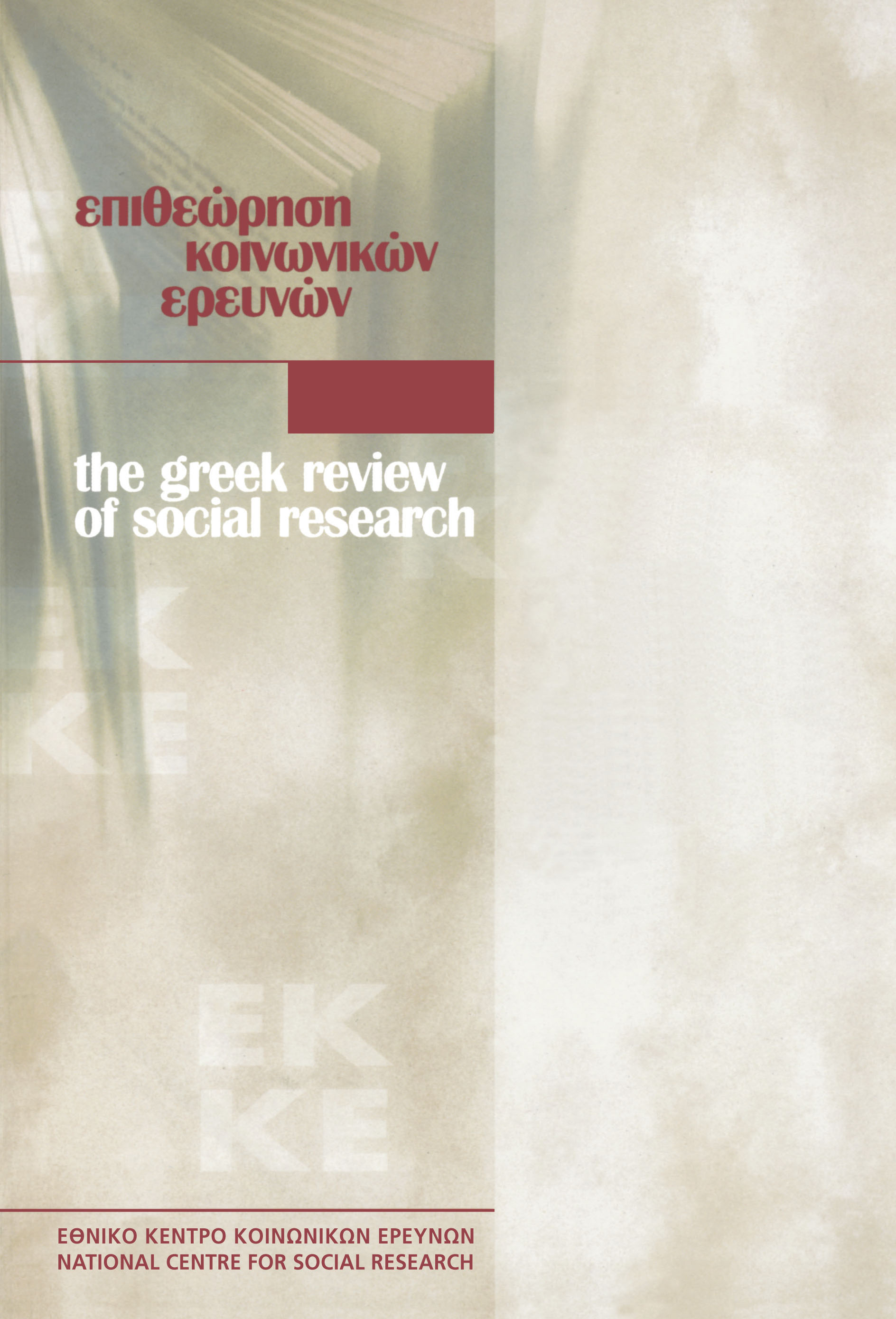Sociοeconomic and environmental inequalities between the regions of the European countries in times of economic crisis: An empirical comparative analysis

Abstract
This study aims to empirically investigate within-country social and environmental inequalities in EU Member States in times of economic crisis. To this end, we conduct the comparative analysis of the interregional deviations in 19 EU Member States in 2013, focusing on the exposure of the regional population to the air pollution and its socio-economic status. A cross-sectional time-series analysis of the regions of seven European countries over the period 2009-2013 is carried out in order to explore the association between the exposure to air pollution and the socio-economic status of the regional population. The analysis demonstrates the significant social and environmental inequalities in the majority of European countries. Even though, the socially equitable distribution of environmental quality between European regions emerged, in some European countries already socially vulnerable groups are exposed to disproportionally high air pollution levels and, consequently, they are more susceptible to climate change effects, especially in times of crisis.
Article Details
- How to Cite
-
Avrami, L. (2019). Sociοeconomic and environmental inequalities between the regions of the European countries in times of economic crisis: An empirical comparative analysis. The Greek Review of Social Research, 152, 3–44. https://doi.org/10.12681/grsr.21366
- Issue
- 2019: 152
- Section
- Articles

This work is licensed under a Creative Commons Attribution-NonCommercial 4.0 International License.
Authors who publish with this journal agree to the following terms:
- Authors retain copyright and grant the journal right of first publication with the work simultaneously licensed under a Creative Commons Attribution Non-Commercial License that allows others to share the work with an acknowledgement of the work's authorship and initial publication in this journal.
- Authors are able to enter into separate, additional contractual arrangements for the non-exclusive distribution of the journal's published version of the work (e.g. post it to an institutional repository or publish it in a book), with an acknowledgement of its initial publication in this journal.
- Authors are permitted and encouraged to post their work online (preferably in institutional repositories or on their website) prior to and during the submission process, as it can lead to productive exchanges, as well as earlier and greater citation of published work (See The Effect of Open Access).



